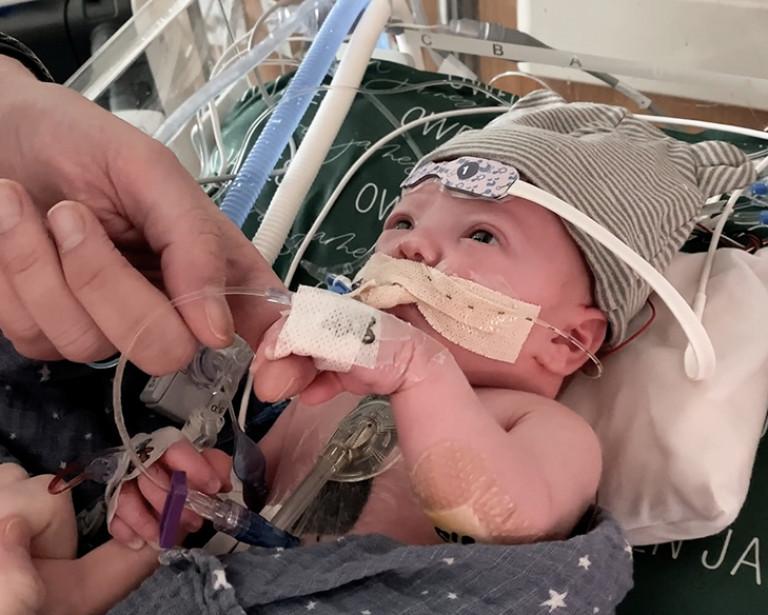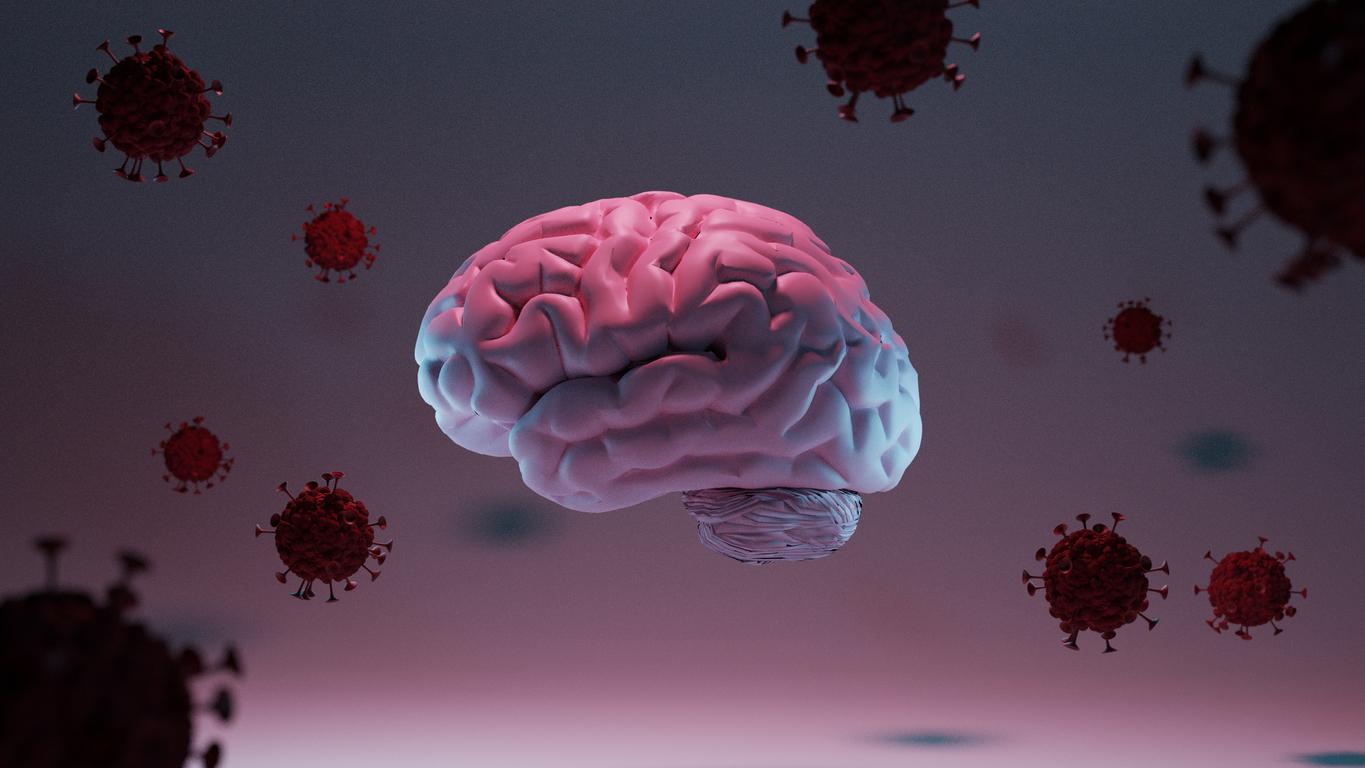Researchers are working on a test that can detect the presence of zombie cells in the hearts of older donors in order to select the healthiest ones for transplantation.

- Zombie cells are cells whose life cycle has come to a complete halt. They promote inflammation and the formation of scar tissue in the heart muscle, increasing the risk of heart disease.
- Better identifying their presence would make it possible to differentiate between hearts that can be used for a transplant and those that cannot.
- The researchers intend to develop a blood test capable of identifying their signature, that is to say the GDF15 protein.
Heart transplantation has always been faced with a shortage of organs. Although there is no age limit for being a donor, hearts from people over 60 are rarely collected for fear of poor clinical results. Researchers at Newcastle University have made a discovery that could make it possible to use some of these organs.
Zombie cells: a test to detect their presence in the heart
According to their presentation made during the conference of the British Cardiovascular Society in ManchesterIcientists have found that people with heart disease have more senescent cells, also called zombie cells, than people without heart disease. These are cells whose life cycle has stopped definitively. They release molecules that can have an impact on their neighbors, transforming them in turn. When present in large numbers, they cause inflammation and promote the formation of scar tissue in the heart muscle, increasing the risk of heart disease. They are also a sign of cardiac aging.
However, the team also noticed that the zombie cells secrete higher levels of a protein called GDF15 compared to healthy cells. According to her, by looking for GDF15 protein levels in the blood, it would be possible to identify the hearts of biologically young and healthy seniors who could be suitable for a transplant.
More “biologically young” hearts available for transplantation
According to the new study, a blood test detecting levels of the GDF15 protein – and therefore the presence of zombie cells – could help distinguish usable hearts from those that are not and thus increase the number of hearts collected from senior donors.
Dr Gavin Richardson who is leading the research, explained in a communicated : “Our work reveals more about the clues that ‘zombie’ cells leave to suggest their presence in the body. We are confident that we can use these clues to better understand which ineligible donor hearts might ultimately be used.”. He then concluded: “It could be a game-changer – because currently most hearts from older donors are not being used for transplant, but the hope is that we can show that a number of these organs are suitable for transplant for people who are desperately waiting for a new heart”.









-1730888646.jpg)






